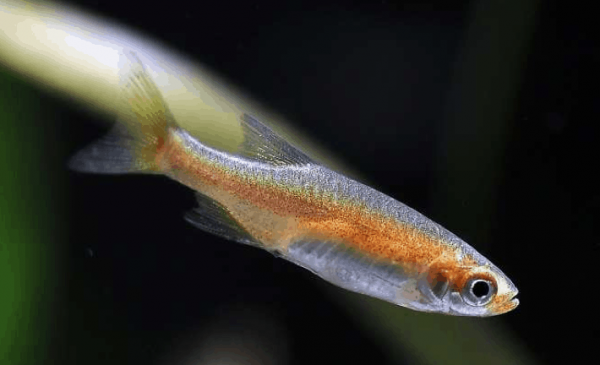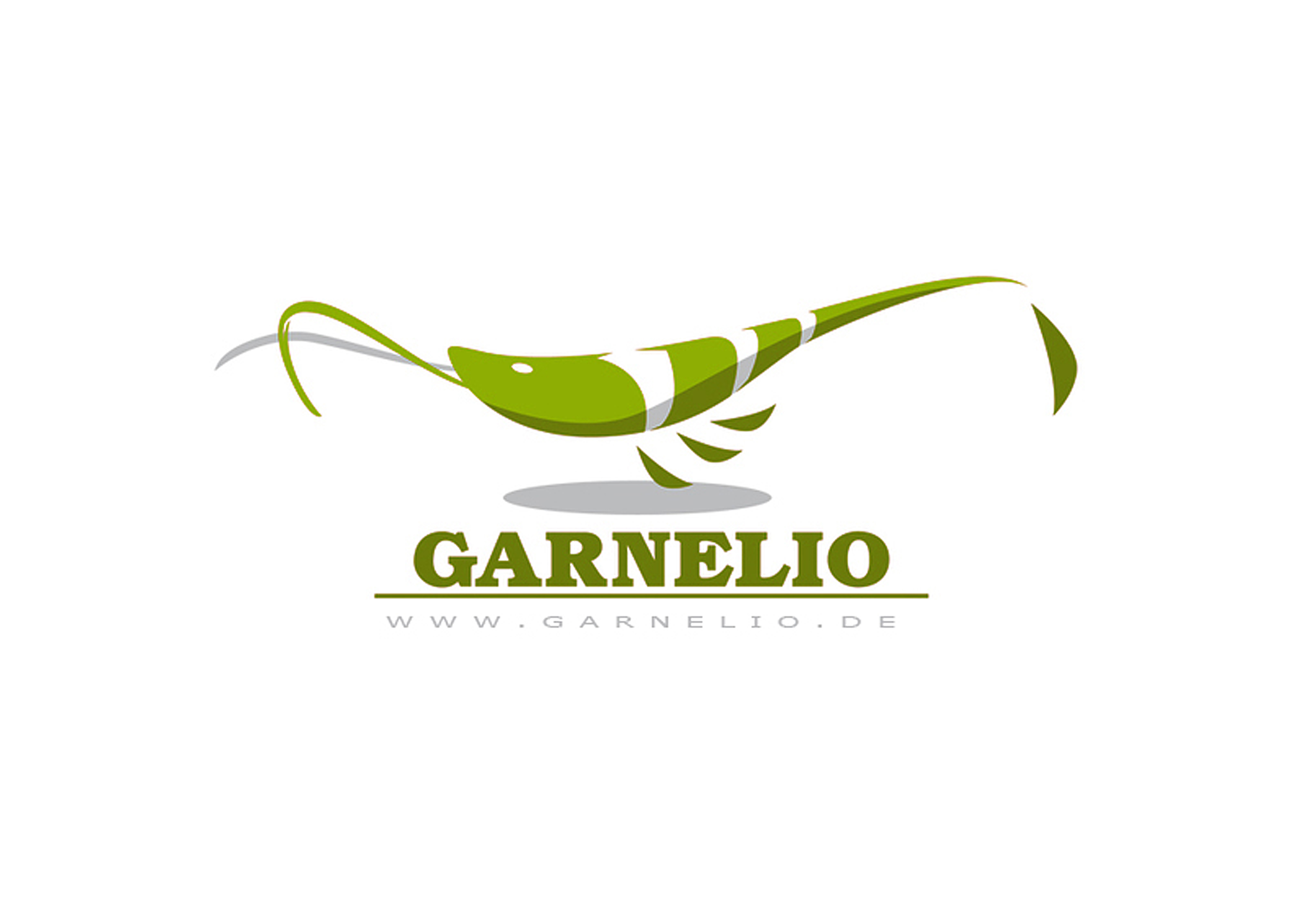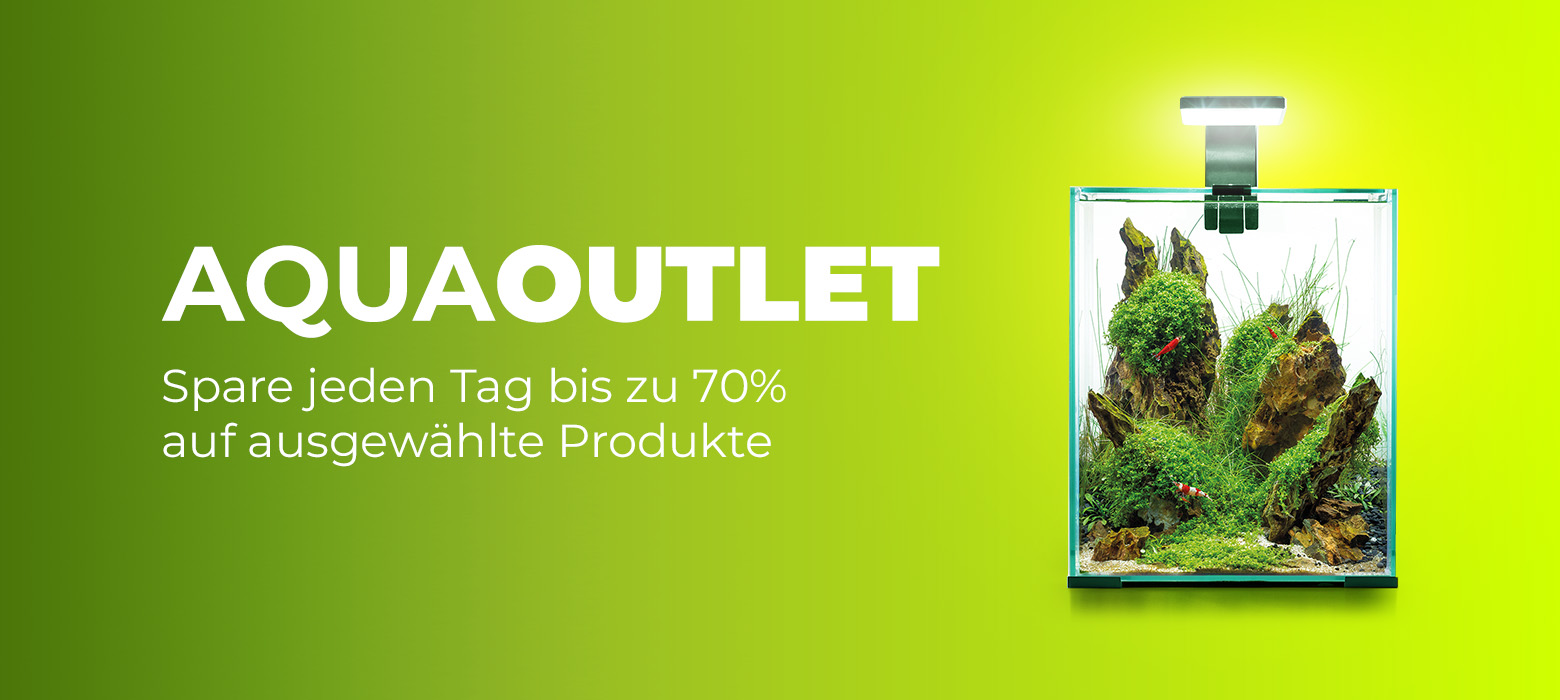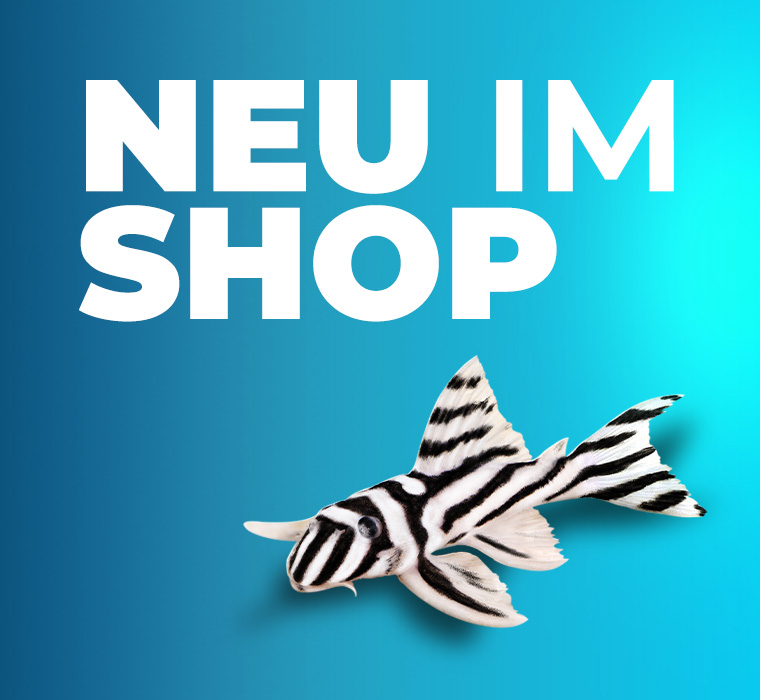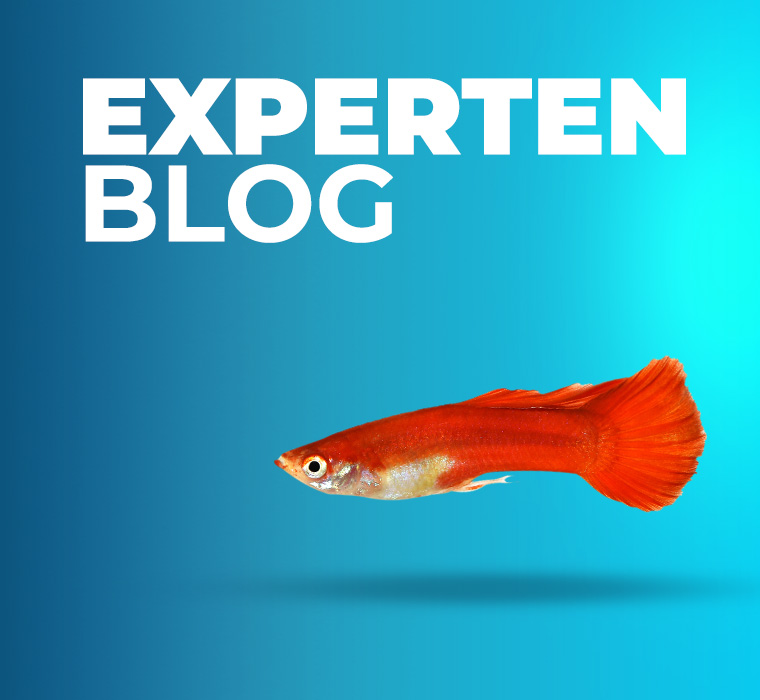incl. VAT plus shipping costs
Currently not available
Delivery only innh. Germany and Austria possible.
Switch to the German store
- Item no: 29106
Fast delivery times
All products are in stock with us!14 years of breeding experience
Let our team of experts advise you!High customer satisfaction
from over 3,000 reviews "| Water values: | medium hard to hard |
| with shrimps?: | with dwarf shrimp, offspring may be eaten |
| Pelvic region: | Everywhere |
| Temperature: | 20-25 °C |
| Aquarium size: | 54 l (approx. 60cm) |
| Breeding: | medium |
| Visual effect: | Swarm behavior |
| Difficulty: | 2 - Normal |
| Fish group: | Beardies |
| Final size: | 1-4 cm |
| Origin: | Asia |
| Diet: | omnivorous - omnivorous |
| Planting possible?: | Yes |
| with snails/shells?: | Yes |
| Feature: | dynamic group behavior |
| Behavior: | Normal |
| with large crabs?: | No |
| with fish?: | conditional* (see description) |
| with dwarf crabs?: | No |
| with crabs?: | No |
The scientifically called Microrasbora rubescens reddish dwarf grassbora is a great little mini fish that originates from Asia. It is mainly found in Myanmar in the Inlesee, its habitats are stagnant pools, streams and swamps. With its final size of just 3 cm it does not grow too large and is well suited for a 60 liter tank.
The Beardtails have elongated bodies with flat sides and a yellow-orange to silver-blue base color. An orange side line adorns the pretty comrades, in places this shimmers turquoise. Especially during the mating season the males shine downright fiery red. The females differ in their fuller body size.
Care your favorites best in groups of at least 8-10 animals, otherwise they become very reserved. Plant the aquarium densely in places, but make sure there is enough swimming space. The substrate can be made of sand and an infrastructure of roots and stones, so that they can withdraw. Pay some attention to the water values, because the softer the water is, the sooner the animals lose their color.
Breeding is quite possible, but a spawning tank will do a good job here. The females lay their up to 30 eggs between fine-feathered water plants, whereupon they are fertilized by the male. The larvae hatch after about 72 hours and feed on their yolk sac for another 2 days. After that you can raise them with infusoria and very fine live food.
Socialize your shrimp with other peaceful fish like tetras, or catfish. Freshly hatched shrimps can supplement their diet, and you should also avoid crayfish because of the risk of injury to the small fish.
Your omnivorous pets can be fed with dry and flake food, but also granulates. With live and frozen food you offer them a healthy variety.
Our food recommendation: NatureHolic professional main feed is a professional main feed for all aquarium fish. We supply Hauptfeed in the form of soft granules, which, thanks to its grain size of half a millimeter, can be easily absorbed by small to medium-sized fish. The soft consistency resembles the texture of insect larvae in nature and protects the fish mouth from micro-injuries.
Our plant recommendation: Use for planting NatureHolic InVitros. These are free of snails, planarians and other unwanted co-inhabitants. Also free of algae spores, bacteria and fungi.
Expert Tip: We recommend when keeping fish the NatureHolic 3 Phase Liquid. The care set offers the best all-round protection for your animals. It ensures optimal conditions for successful breeding and keeping.
| Scientific name: | Microrasbora rubescens |
| German Name: | Red dwarf gasbora |
| Difficulty level: | for beginners |
| Origin/Distribution: | Burma |
| Coloration: | elongated body with flat sides, red to yellowish base color, males more intense during mating season |
| Age expectancy: | approx. 6 years |
| Water parameters: | GH 10-30, KH 6-10, pH 6.5-7.5, temperature 20-22 °C |
| Tank size: | from 60 l |
| Food: | Omnivorous, live and frozen food such as mosquito larvae, artemia, flake and dry food |
| Breeding: | medium |
| Behavior: | peaceful |
| Group size: | from 10 animals |
| Further information: | Ten typical aquarium fish for beginners and alternatives to them, Tips for acclimating fish to the aquarium, Feeding aquarium fish properly - cheap food and what it can do, |
- Item no: 29106
- EAN No.: 4251932208477
Entdecke die Garnelio Welt!
Garnelio gehört zu den größten Onlineshops für wirbellose Aquarientiere weltweit.
Viele Artikel gibt es exklusiv nur bei uns im Shop.

